Table of Contents
- How People Describe This Pain Pattern
- How You Activate and Intensify This Pain Pattern
- Self-Care – Getting Relief on Your Own
- Musculoskeletal Anatomy Behind Your Pain
- Therapy Notes for Massage and Bodywork
How People Describe This Pain Pattern
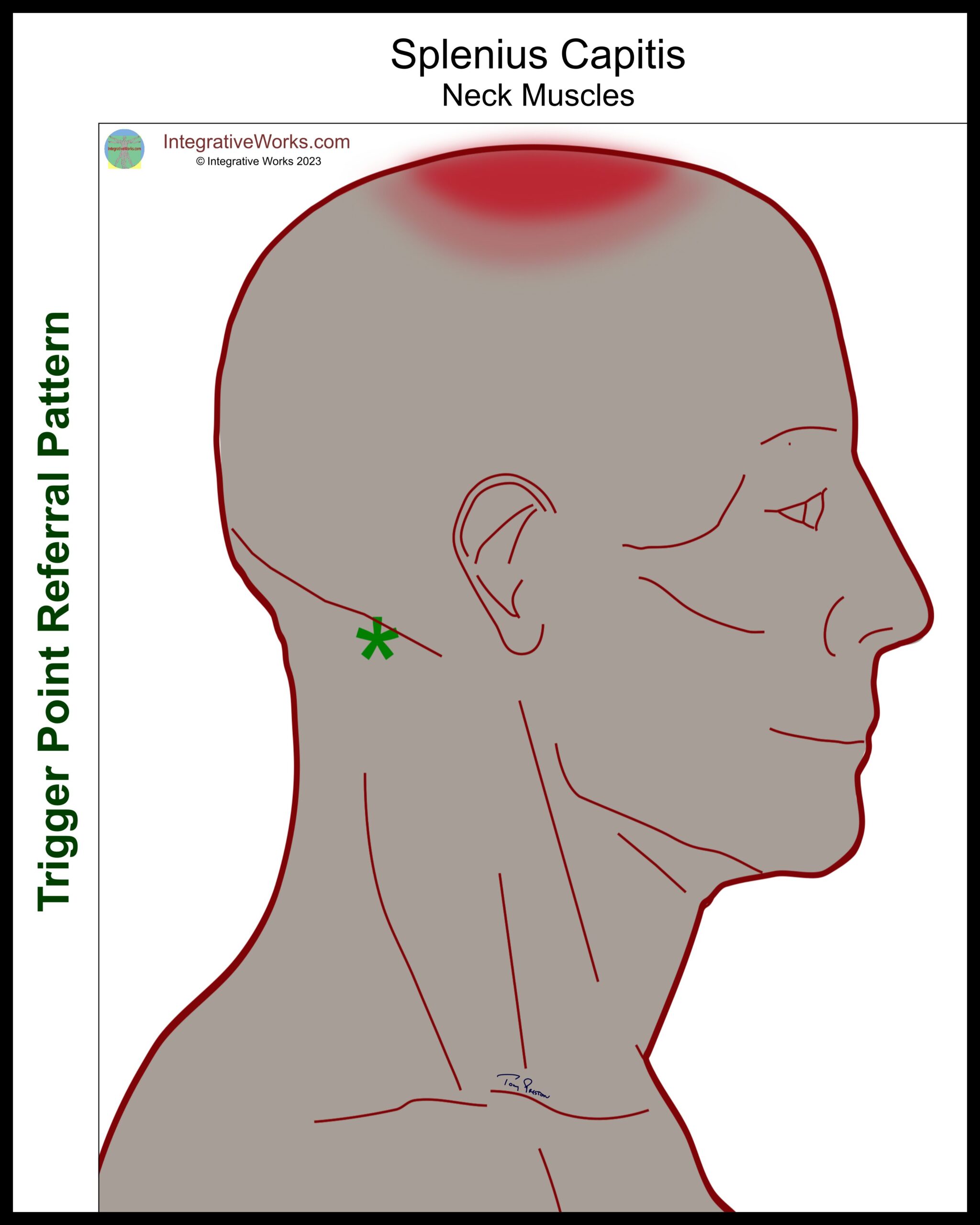
Primary Complaint
Clients touch the top of their heads, saying, “I have a headache on the top of my head.” Often, they lean forward with their chin up and turn to one side while talking. Frequently, they slump forward at the waist while sitting to make this more comfortable.
Seemingly, they naturally adopt the posture of looking at their laptop. Two decades ago, this was more common in counselors and others who crane their necks forward to listen.
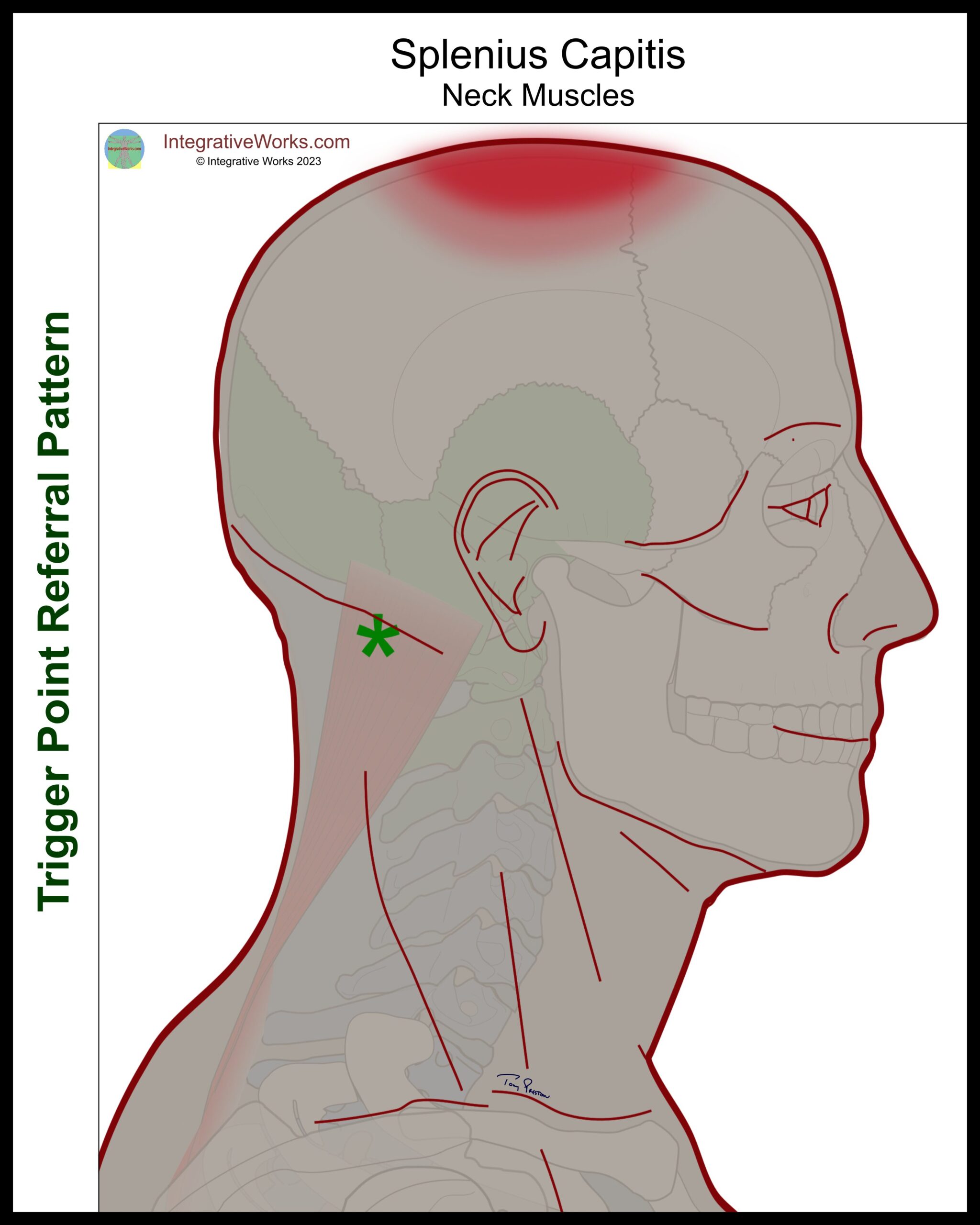
Neck Tension, too.
This headache comes from a tight neck muscle. Accordingly, many people complain of neck tension, especially when turning their heads. They often note that it is tight where they touch near the top of the back of their neck. However, the headache is consistently more bothersome than neck tension.
How You Activate and Intensify This Pain Pattern

Laptops and Listening
Craning the neck forward while turning to one side can cause a headache on the top of the head. Several other posts feature muscles that create cervicogenic headaches associated with Forward-Head Posture.
The original research mentioned it as a problem with bird watchers. Currently, it seems more common in people who lean toward their monitors while twisting to one side. I have also seen this when painting the molding. Decades ago, I saw it in counselors who leaned forward emphatically.
Stuck in a Position
This headache on top of the head is more likely to become problematic when supporting the neck for long periods in one position. It often happens when one is sleeping or resting on their chin on their hand while using the computer.
This muscle is almost always involved in cases of vehicular whiplash.
The Musculoskeletal Anatomy Behind Your Pain
Musculoskeletal Anatomy
This post on anatomy contains standard information about the origin, insertion, function, and innervation of muscles. Additionally, it includes information on functional considerations and anomalies.
Find Related Posts
Anatomy posts have a grid of all related posts. This includes posts on pain patterns, self-care, therapy notes, NMT protocols, cranial techniques, and cases.
Getting Relief on Your Own
Clinically Proven
Self-Care Strategies
Self-Care Posts have common sections to make them easy to follow and understand:
- Activities to Avoid or Change
- Strategies for Quick Relief
- Stretches and Exercise for Longer-Lasting Relief
- Yoga Corner
Therapy Notes for Massage and Bodywork
Better Bodywork
Through Shared Expertise
Therapy Notes provide details for cranial, spinal, and local joint work. These notes also link to a traditional neuromuscular protocol.
By treating integrative components first, direct work on the muscle becomes less intense while providing longer-lasting relief.
Support Integrative Works to
stay independent
and produce great content.
You can subscribe to our community on Patreon. You will get links to free content and access to exclusive content not seen on this site. In addition, we will be posting anatomy illustrations, treatment notes, and sections from our manuals not found on this site. Thank you so much for being so supportive.
Cranio Cradle Cup
This mug has classic, colorful illustrations of the craniosacral system and vault hold #3. It makes a great gift and conversation piece.
Tony Preston has a practice in Atlanta, Georgia, where he sees clients. He has written materials and instructed classes since the mid-90s. This includes anatomy, trigger points, cranial, and neuromuscular.
Question? Comment? Typo?
integrativeworks@gmail.com
Interested in a session with Tony?
Call 404-226-1363
Follow us on Instagram

*This site is undergoing significant changes. We are reformatting and expanding the posts to make them easier to read. The result will also be more accessible and include more patterns with better self-care. Meanwhile, there may be formatting, content presentation, and readability inconsistencies. Until we get older posts updated, please excuse our mess.

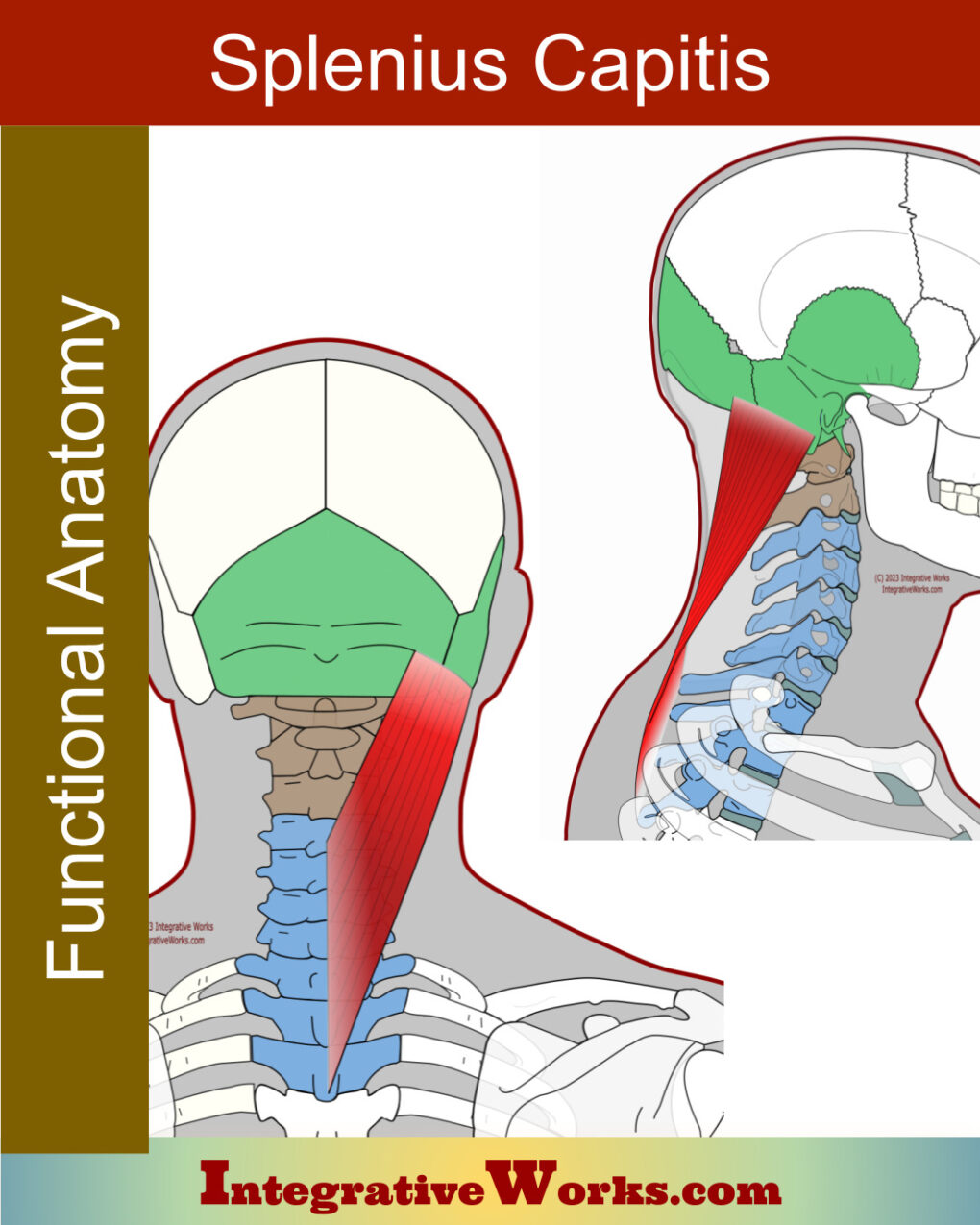
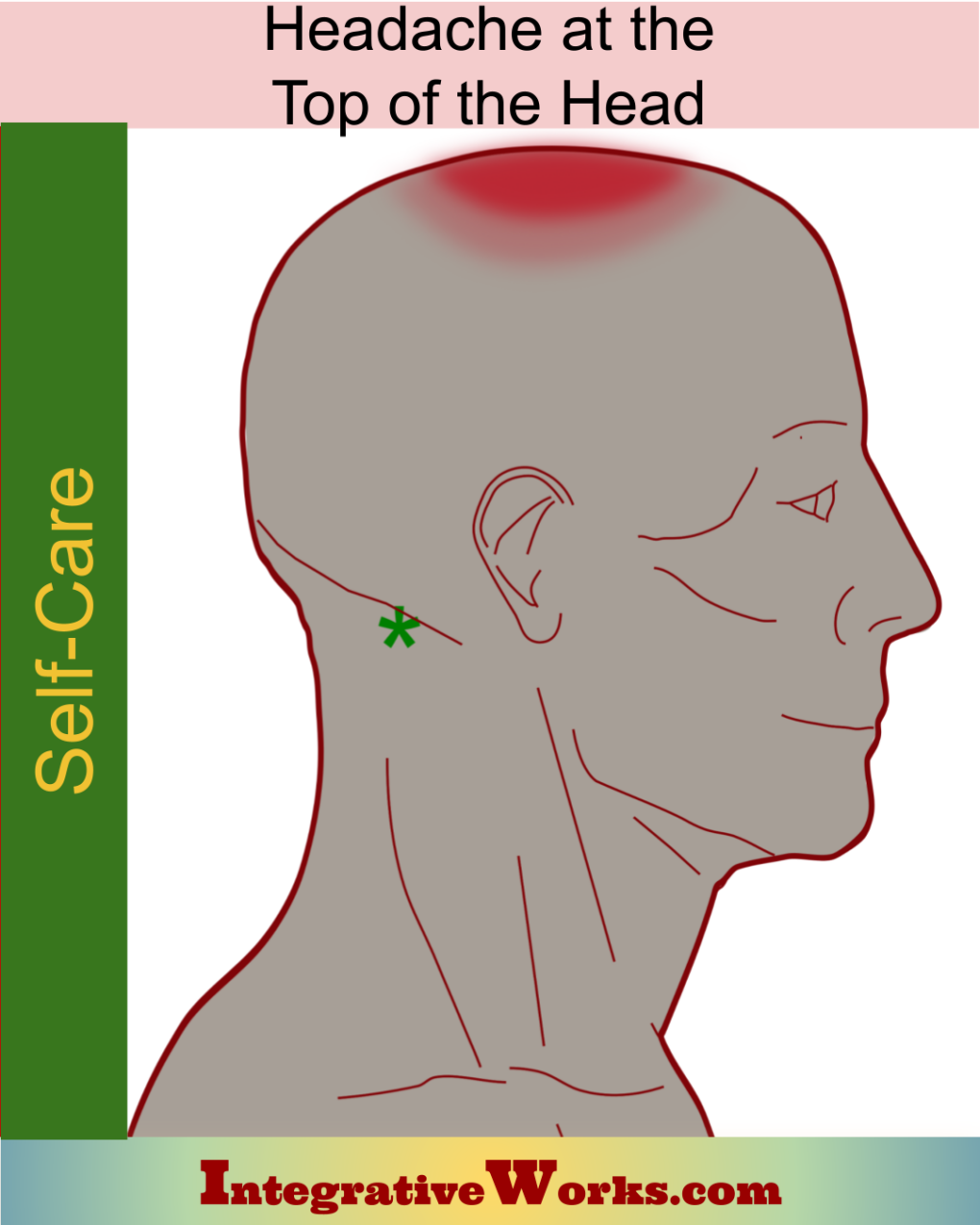
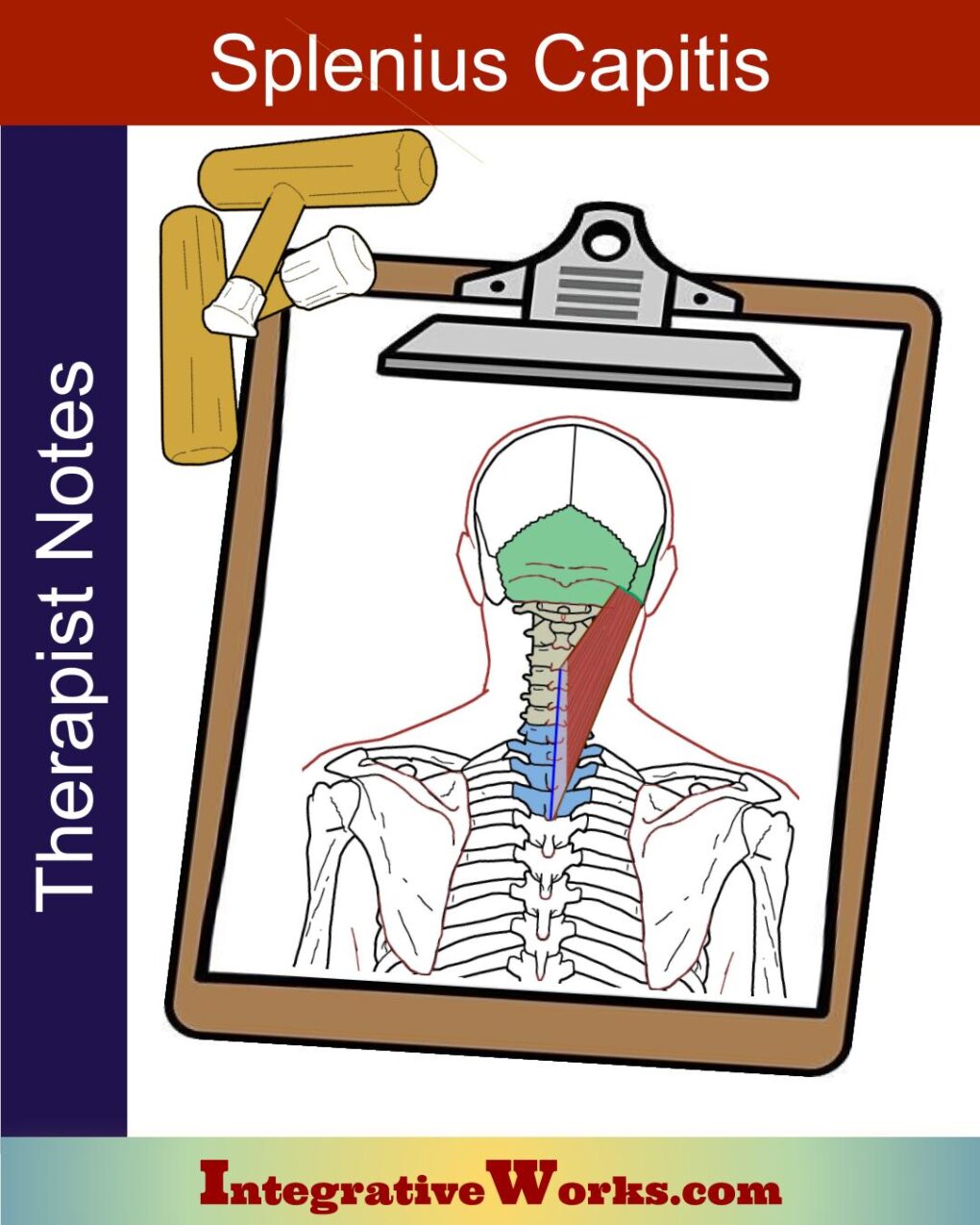

Comments are closed.